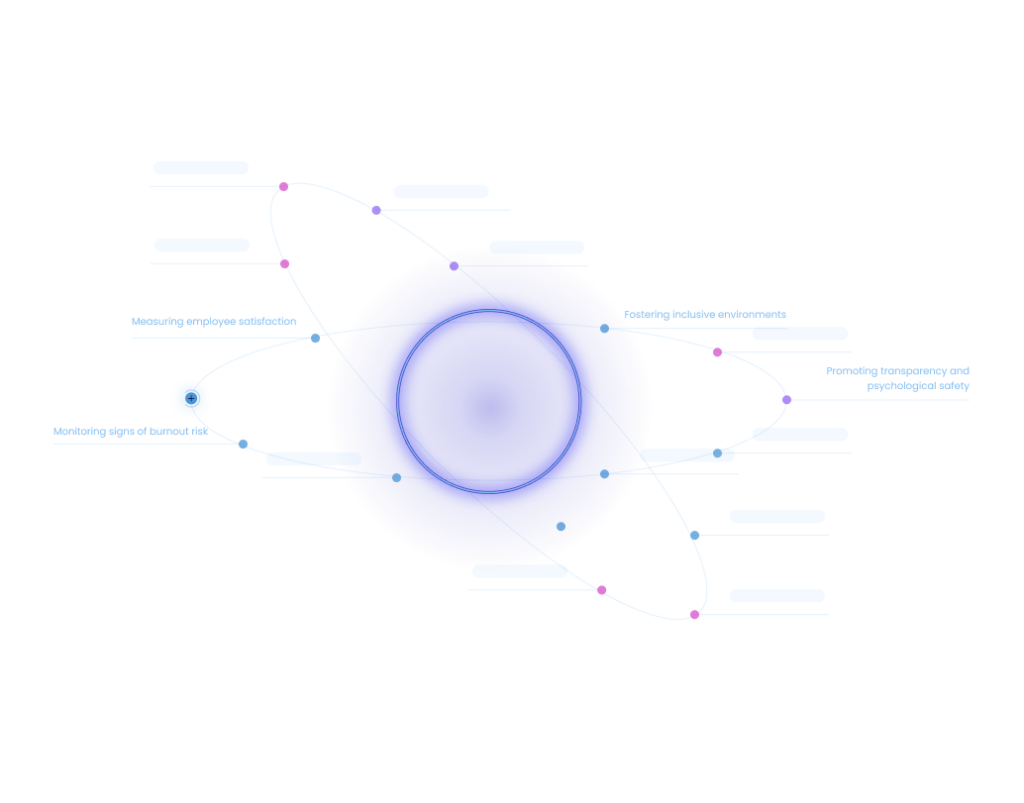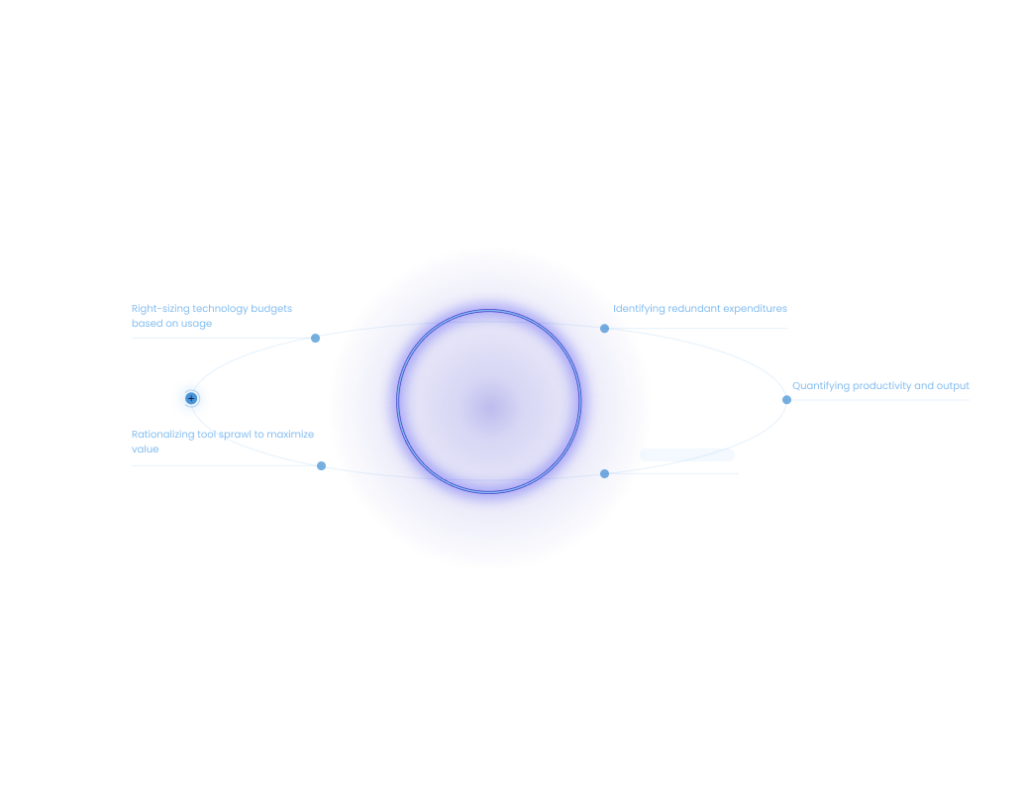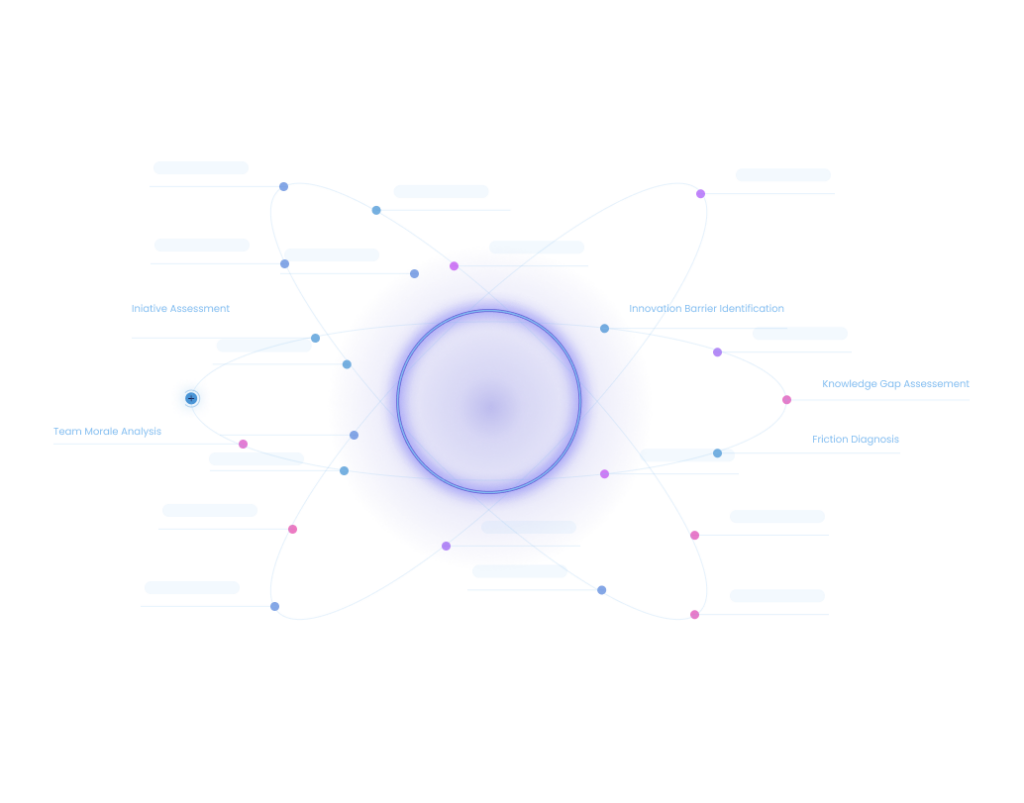
In the realm of organizational improvement, what gets measured gets managed. The Metrics protocol category is dedicated to quantifying, analyzing, and optimizing performance across all aspects of your operations. By defining key performance indicators (KPIs) and establishing robust measurement systems, we provide clarity on progress, identify areas for improvement, and drive data-informed decision-making. This protocol goes beyond mere number-crunching; it's about creating a culture of accountability and continuous enhancement. From financial performance to customer satisfaction, employee engagement to operational efficiency, Metrics protocols ensure that every strategic move is backed by solid data, enabling your organization to adapt, evolve, and thrive in a competitive landscape.





